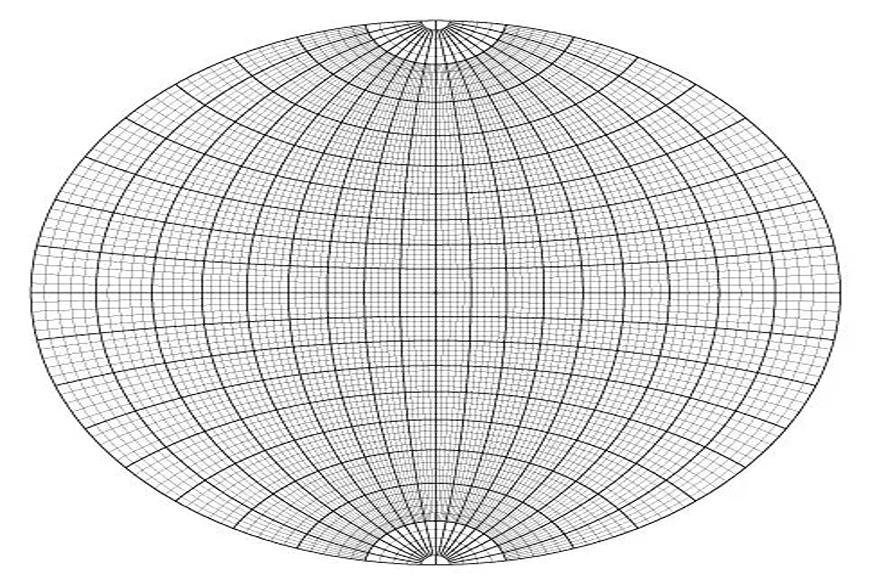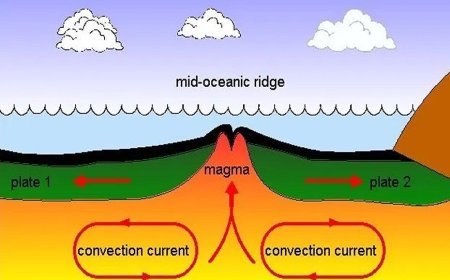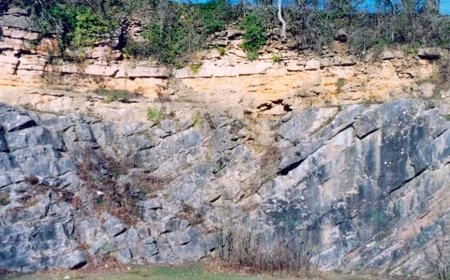STEREOGRAM
Stereograms map rock orientations, visualizing dips and strikes for a deeper understanding.

Stereogram basics
- Any stereographic projection consists of two elements.
- The stereogram, or projection, is commonly made on tracing paper and depicts a bowl-shaped surface buried in the earth.
- A stereographic net, often known as a stereonet, is the 3-D version of a protractor.
- It is used to calculate angles on a projection.
- To measure angles, we must spin the net with respect to the tracing paper.
- We normally turn the tracing paper and keep the net stationary for practical reasons, but it is vital to remember that the projection has a fixed orientation and the net should be turned to make measurements.
- To make a stereogram, start with a sheet of tracing paper and create a circle with the same radius as a stereonet.
- This is known as the basic circle. Make a cross in the center and a north arrow on the primitive at the top of the page.
- At 90° intervals around the primitive, mark E, S, and W (or 090, 180, and 270) points.
- On the reverse of the tracing paper, it might be useful to strengthen the center using adhesive tape.
- To lengthen the life of the stereonet, it can be strengthened with cards.
- An old-fashioned thumb tack into the center of the net is convenient.
- Keep the thumb tack inserted in an eraser when not in use to protect yourself and others. Stereonets come in a variety of configurations.
- We'll start with a Wulff net, which is used to build a true, or equal-angle, stereographic projection.
- In subsequent labs, we will utilize a Schmidt net to create an equal-area projection.
What's Your Reaction?



































